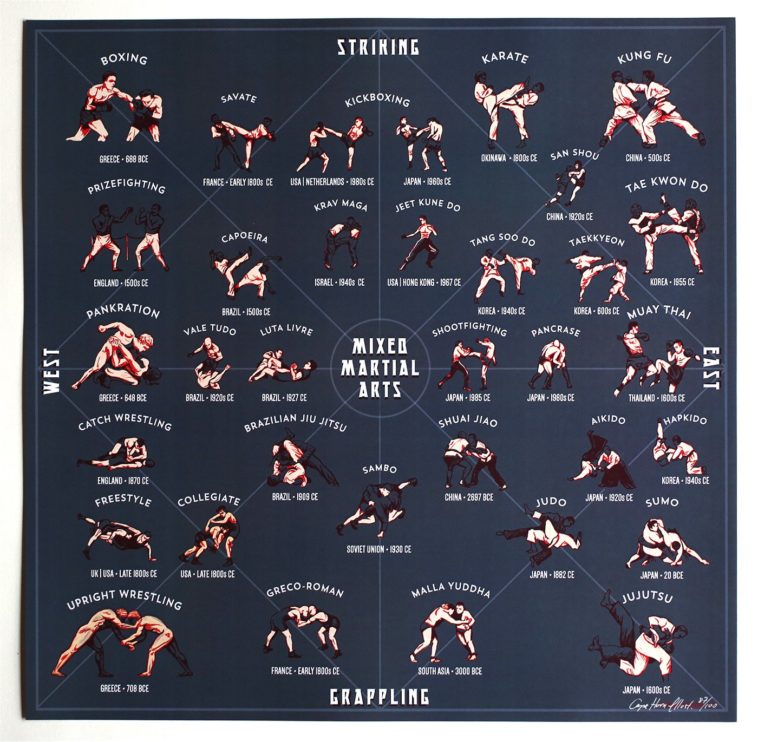The Worldwide History And Change Of Martial Arts
The Worldwide History And Change Of Martial Arts
Blog Article
Article Created By-Mortensen Vick
Martial arts have a fascinating background that spans centuries and continents. You might locate it interesting how ancient techniques like Shuai Jiao and Kalaripayattu prepared for contemporary fight strategies. These techniques not only stress physical skills yet additionally mirror the societies that birthed them. As read review explore their evolution, think about how globalization has actually transformed these traditional types right into hybrid styles. What impacts do you believe have formed today's martial arts landscape?
Ancient Martial arts: The Structures of Fight
As you explore the globe of ancient martial arts, you'll uncover the abundant structures that formed fight techniques across cultures. Early practices concentrated on Self-Defense and survival, typically integrating strikes, hurting, and weaponry.
In old China, for instance, methods like Shuai Jiao emphasized throws and joint locks, while India's Kalaripayattu showcased agility and liquid activity. Japanese samurai established Kenjutsu, a refined swordsmanship that highlighted discipline and technique.
These martial arts served not just for battle however also as a means of personal advancement, instilling values like respect and determination. The blending of these techniques over time prepared for the diverse martial arts you see today, each mirroring the unique philosophies and requirements of its culture.
The Social Impact on Martial Arts Development
While martial arts typically mirror the useful requirements of a culture, they additionally symbolize the cultural worths and beliefs of their origins. When you discover various martial arts, you'll discover exactly how they're influenced by faith, philosophy, and social norms.
For example, the focus on respect and technique in Japanese martial arts comes from Zen Buddhism and samurai culture. In contrast, Brazilian Jiu-Jitsu promotes versatility and approach, shaped by the demand for effectiveness in a diverse, modern environment.
You might find that the routines, attires, and training methods show a neighborhood's background and identity. By recognizing these cultural impacts, you strengthen your recognition of martial arts and their role fit human experiences across the globe.
Modern Adaptations and the Globalization of Martial arts
Martial arts have actually transformed considerably in current years, adjusting to contemporary culture and international impacts. You'll discover that conventional kinds have blended with modern-day strategies, creating hybrid styles like MMA. These adaptations satisfy diverse audiences, making martial arts obtainable and attractive worldwide.
With white dragon martial arts of social media and digital systems, you can find tutorials and competitions from all edges of the world, breaking geographical barriers. This globalization has actually led to a common gratitude for numerous techniques, from Brazilian Jiu-Jitsu to Taekwondo.
As you involve with these arts, you'll realize they're not almost fight; they advertise health and fitness, discipline, and mental well-being.
Inevitably, modern-day adaptations have actually enriched the martial arts landscape, making it a dynamic and progressing practice.
Final thought
In discovering the background and evolution of martial arts, you reveal an interesting mix of techniques, societies, and approaches. From old techniques like Shuai Jiao and Kalaripayattu to the modern flexibility seen in mixed martial arts, martial arts mirror mankind's mission for Self-Defense and individual growth. As you involve with these techniques, you not just gain abilities yet likewise a deeper gratitude for the diverse customs that form our globe today. So, continue your journey and accept the art of combat!
